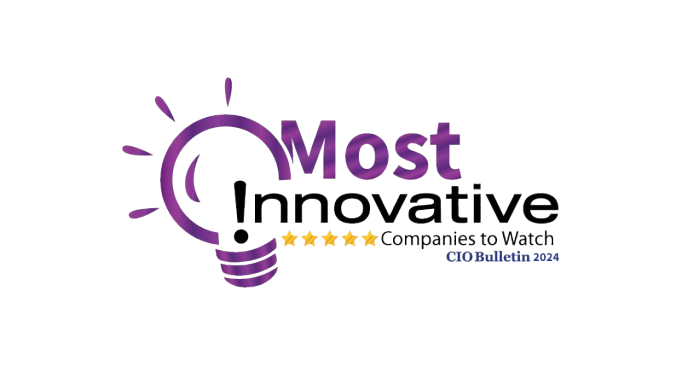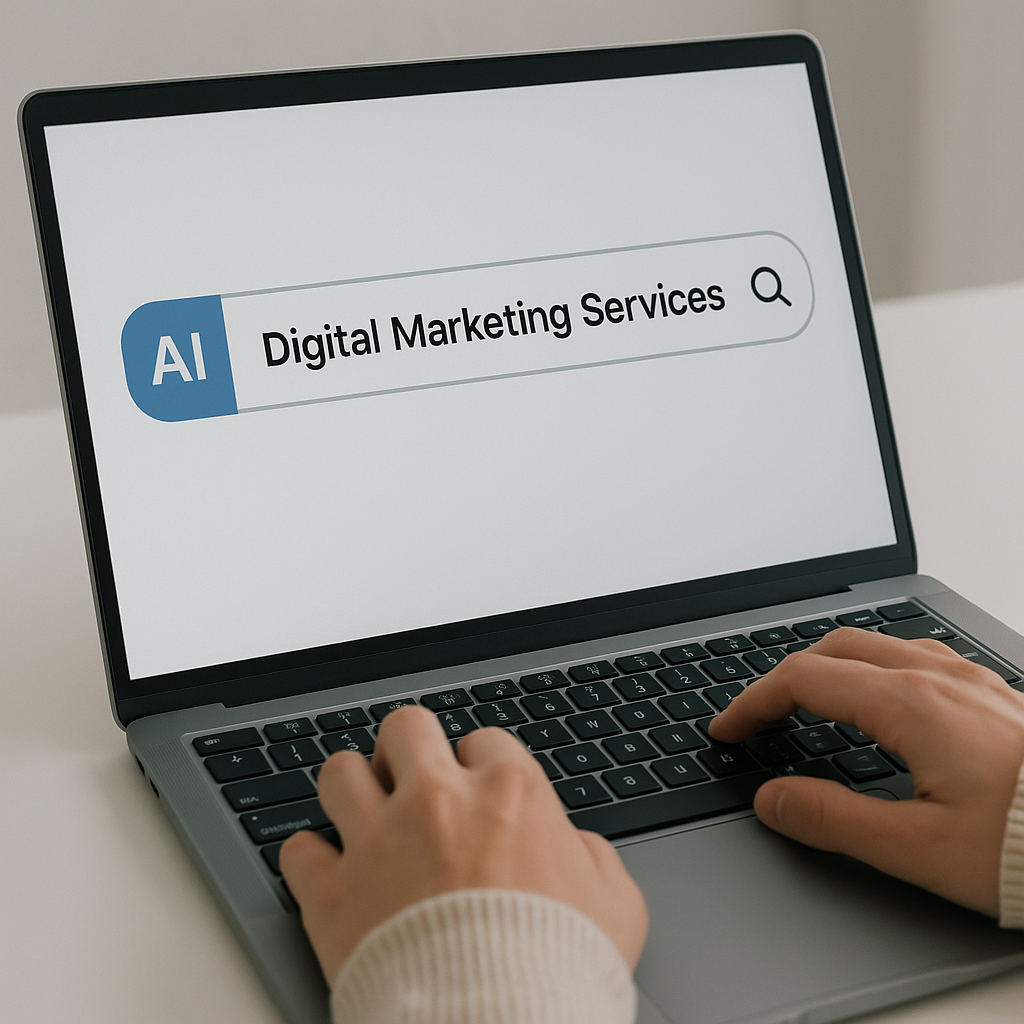Maximizing Marketing ROI: A Data-Driven Approach
June 5, 2023
In today's digital landscape, maximizing marketing return on investment (ROI) has become a paramount goal for businesses. With fierce competition and an abundance of marketing channels, making data-driven decisions is crucial to stay ahead. In this article, we will delve into the strategies and techniques that can help you achieve a higher marketing ROI. By leveraging comprehensive data analysis and implementing effective tactics, your business can outrank competitors and thrive in the online sphere.
Understanding Your Target Audience
To maximize marketing ROI, it is imperative to have a deep understanding of your target audience. By analyzing demographic information, preferences, and behavior patterns, you can tailor your marketing efforts more effectively. Conducting thorough market research and employing tools such as customer surveys and analytics software can provide valuable insights.Crafting Compelling Content
Content lies at the core of successful digital marketing strategies. By creating high-quality and engaging content, you can attract and retain your target audience. When crafting content, focus on delivering value and relevance to your readers. Develop a content calendar and maintain consistency in publishing to establish a strong online presence.Implementing Search Engine Optimization (SEO) Best Practices
To outrank competitors, optimizing your website for search engines is essential. Here are some key SEO practices to consider:1. Keyword Research and Optimization Thorough keyword research enables you to identify relevant search terms that your target audience uses. Incorporate these keywords naturally within your content, including headings, subheadings, and meta tags. However, it's important to strike a balance and avoid keyword stuffing, as it can have a detrimental impact on user experience.
2. Optimizing Page Titles and Meta Descriptions Craft compelling and keyword-rich page titles and meta descriptions that accurately reflect the content on your web pages. These elements serve as a preview for users in search engine results and can significantly impact click-through rates.
3. Enhancing Website Performance A fast and responsive website is crucial for both user experience and SEO. Optimize your site's loading speed by minimizing unnecessary scripts, compressing images, and utilizing caching techniques. Prioritize mobile responsiveness to cater to the growing number of mobile users.
4. Building High-Quality Backlinks Earning reputable and relevant backlinks from authoritative websites can significantly boost your search engine rankings. Focus on creating valuable content that naturally attracts backlinks from reputable sources within your industry.
5. User Experience Optimization A seamless and user-friendly website experience is vital for both visitors and search engines. Ensure intuitive navigation, clear calls-to-action, and well-structured content. Optimize your website for mobile devices, as Google increasingly prioritizes mobile-friendly sites in search results.
Harnessing the Power of Data Analytics
Data analytics is a game-changer when it comes to maximizing marketing ROI. By leveraging data-driven insights, you can make informed decisions and optimize your marketing strategies. Here are some key areas to focus on:1. Tracking and Analyzing Key Metrics Implement robust analytics tools to track and analyze key performance indicators (KPIs) such as website traffic, conversion rates, bounce rates, and customer engagement. Regularly monitor these metrics to identify areas for improvement and measure the effectiveness of your marketing campaigns.
2. Conversion Rate Optimization (CRO) CRO aims to improve the percentage of website visitors who take desired actions, such as making a purchase or filling out a contact form. Conduct A/B testing and experiment with different design elements, layouts, and calls-to-action to optimize your conversion rates continually.
3. Customer Segmentation and Personalization Segmenting your audience based on demographics, preferences, and behavior allows you to deliver personalized experiences. Leverage marketing automation tools to create targeted campaigns tailored to specific customer segments, enhancing engagement and conversion rates.
4. Predictive Analytics and Machine Learning Harness the power of predictive analytics and machine learning algorithms to anticipate customer behavior and optimize your marketing efforts. By analyzing historical data, you can uncover patterns and trends that enable more accurate predictions and informed decision-making.
Conclusion
Maximizing marketing ROI requires a multifaceted approach that combines a deep understanding of your target audience, compelling content creation, SEO best practices, and data-driven decision-making. By implementing these strategies and techniques, your business can outrank competitors, improve brand visibility, and achieve greater success in the digital realm. Embrace the power of data, stay adaptable, and continuously optimize your marketing efforts to drive exceptional results.Remember, success in outranking competitors goes beyond content quality alone. It is crucial to consider other factors like domain authority, website structure, and overall marketing strategy. By implementing the outlined recommendations alongside a holistic approach, you can significantly improve your chances of achieving higher rankings and maximizing marketing ROI.
Featured Resources
Check Our Latest Resources

Proven ROI has been recognized as one of the Most Innovative Companies to Watch 2024 by CIO Bulletin—a testament to the company’s forward-thinking approach to CRM investments and strategic partnerships. By working closely with leading CRM platforms like HubSpot, Proven ROI is revolutionizing how businesses manage customer relationships, scale their operations, and drive growth.



